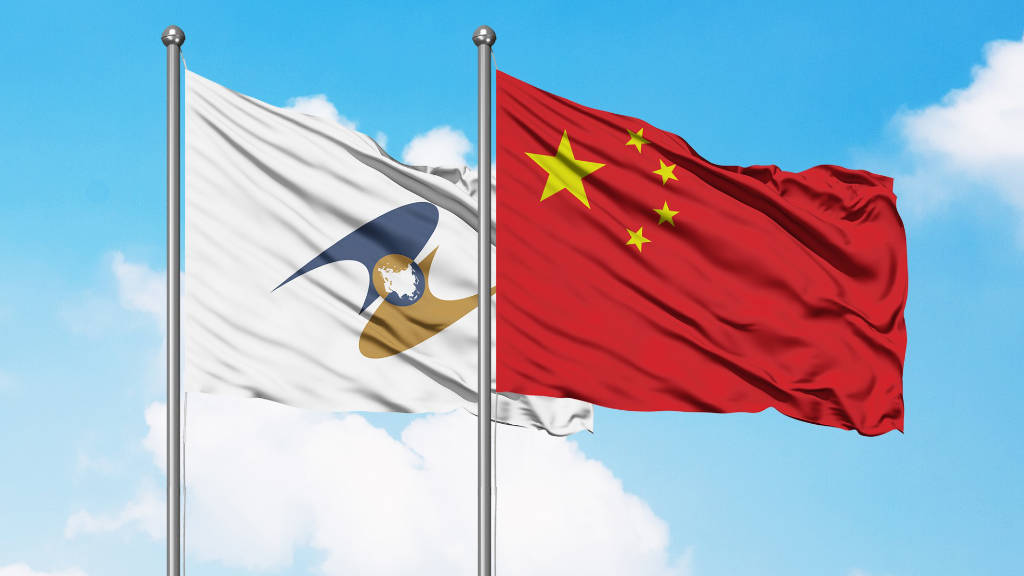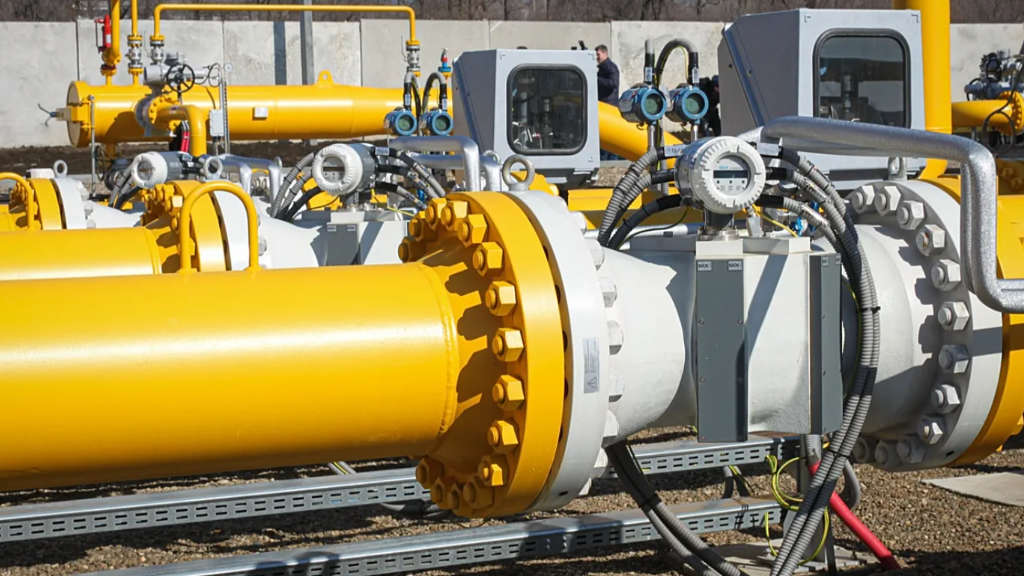The alignment of China’s Belt and Road Initiative (BRI) and the Eurasian Economic Union (EAEU) is boosting connectivity across Eurasia and creating new opportunities for regional development, according to Kyrgyz economist Iskender Sharsheev. His comments came as the Eurasian Intergovernmental Council, an EAEU body, met in Kyrgyzstan’s Issyk-Kul region last Thursday and Friday (August 14/15).
Sharsheev said “This alignment goes beyond ‘preferential trade’ and is also focusing on synchronizing logistics processes in customs, standards, and e-commerce. It has accelerated land corridors from China to Europe across Eurasia, advanced container and refrigerated logistics, and made border crossings more predictable, delivering clear benefits for EAEU countries. Kazakhstan is strengthening its role as a transit hub; Kyrgyzstan is getting a chance to monetize through terminals, free trade economic zones, and last-mile services; Russia and Belarus are increasing the diversification of sales markets in East and Southeast Asia, and Armenia is increasing niche supplies and technological cooperation.”
The Eurasian Economic Union (EAEU) includes Russia as well as Armenia, Belarus, Kazakhstan, and Kyrgyzstan, and fills a geographic space between Eastern Europe and Western China. It has a non-preferential Free Trade Agreement with China, meaning that although tariff rates are not set in stone amongst products, they can be adjusted on an as-needed basis.
As part of its BRI, China launched the Asian Infrastructure Investment Bank (AIIB) in 2014. Its members include 57 countries in the Asia-Pacific region, the Middle East, Latin America and Europe, including the EAEU and European union countries. Russia joined the AIIB in 2015 and has a 6.5% share in the bank’s US$100 billion capital.
Sharsheev stressed that further development of BRI-EAEU cooperation requires intensified work in infrastructure, regulation, and finance. “If these three pillars advance in parallel, transport corridors will not only become shorter but also cheaper and safer for business.”

He noted that over the decade since its creation, the EAEU has grown into a functioning institution with a supranational regulator, unified customs rules, and virtually free access for citizens to member states’ labor markets.
Sharsheev said that “at the micro level, this has reduced transaction costs for enterprises and households; at the macro level, it has boosted mutual trade and created a field of stability that shields businesses from external shocks. The EAEU’s active external engagement is particularly important, including concluding free trade agreements with several countries, cooperating with various associations, promoting digitalization through measures such as single-window systems and electronic invoices, and developing common rules for future energy markets, while these initiatives provide a positive economic effect on logistics, certification, and competition.”
EAEU-China trade reached about US$243 billion in 2024.
Further Reading
EAEU and China Update Trade and Economic Cooperation Roadmap





